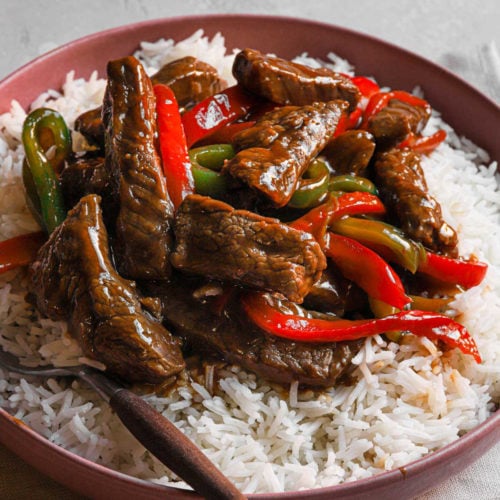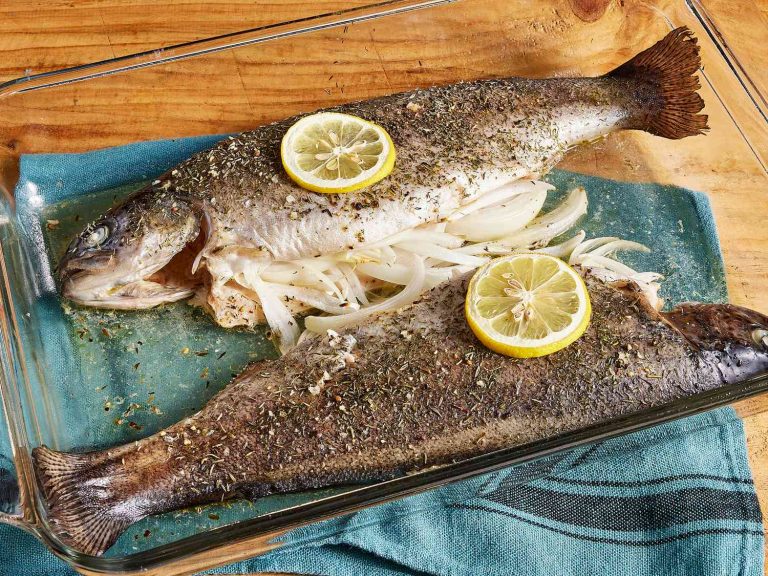Antipasto Salad: Origins, Recipes, Health Benefits, and Vegan Alternatives
Antipasto salad stems from Italy, serving as the traditional first course of a formal Italian meal. “Antipasto” translates to “before the meal,” setting the stage for the courses to follow. The dish showcases Italy’s rich culinary heritage, emphasizing fresh ingredients and bold flavors. Antipasto’s cultural significance extends beyond just a starter, integrating communal and celebratory dining traditions. Italians often serve antipasto during special occasions, highlighting the importance of shared meals and hospitality.
Common Ingredients and Variations
An antipasto salad typically features cured meats, cheeses, vegetables, and olives. You’ll often find salami, prosciutto, or pepperoni among the meats. Cheeses like mozzarella, provolone, and parmesan add creaminess. Common vegetables include tomatoes, artichokes, and bell peppers, while olives provide a briny contrast. Variations exist based on regional ingredients and personal preferences. Some incorporate seafood like anchovies, while others focus on vegetarian options, substituting meats with roasted red peppers or marinated mushrooms. Dressings usually include olive oil and vinegar, sometimes enhanced with herbs and spices.
How to Prepare Antipasto Salad
Choosing the Right Ingredients
To create an authentic antipasto salad, select fresh high-quality ingredients. Prioritize cured meats, cheeses, vegetables, and olives. For meats, consider salami, prosciutto, or capicola. Choose cheeses like mozzarella, provolone, or Parmesan. Include a mix of vegetables, such as cherry tomatoes, artichoke hearts, roasted red peppers, and marinated mushrooms. Opt for olives like kalamata or green olives for added flavor. Ensure all ingredients are fresh to maintain the dish’s vibrant taste.
- Prepare Ingredients: Clean and chop all vegetables into bite-sized pieces. Slice cured meats and cheeses into thin strips or cubes.
- Combine Base: In a large bowl, combine vegetables, cured meats, and cheeses. Mix thoroughly to ensure an even distribution.
- Add Olives and Extras: Incorporate olives and any additional items like marinated artichokes or roasted red peppers.
- Dress Salad: Drizzle olive oil and vinegar over the mixture. For added flavor, include Italian herbs such as basil, oregano, or rosemary.
- Toss Gently: Mix the salad gently to avoid breaking the ingredients while ensuring they are evenly coated with the dressing.
Following these steps ensures a well-prepared, flavorful antipasto salad that captures the essence of Italian culinary tradition.
Pairing Suggestions for Antipasto Salad
Wines and Other Beverages
Pairing wines and beverages with antipasto salad enhances its flavors and dining experience. Choose light or medium-bodied wines like Pinot Grigio or Chianti to complement the cured meats and cheeses. These wines balance the salad’s salty and savory notes. For a non-alcoholic option, sparkling water or a citrus spritzer works well. Their acidity and bubbles cleanse your palate, refreshing your taste buds between bites.
Complementary Main Courses
Antipasto salad sets the stage for varied main courses. Serve it with pasta dishes like spaghetti carbonara or lasagna to maintain an Italian theme. These pasta options contrast well with the salad’s freshness, offering a hearty follow-up. For a lighter meal, consider grilled fish or chicken. These proteins amplify the salad’s flavors without overwhelming them, providing a balanced and satisfying dining experience.
Health Benefits of Antipasto Salad
Nutritional Components
Antipasto salad offers a variety of nutrients that contribute to a balanced diet. Packed with fresh vegetables like bell peppers, tomatoes, and artichokes, this salad provides essential vitamins and minerals. For instance, bell peppers are rich in vitamin C, which supports immune health, while tomatoes offer lycopene, an antioxidant linked to reduced risk of chronic diseases.
Cured meats such as salami or prosciutto in antipasto salad add proteins and healthy fats. Proteins support muscle function and repair, while fats, especially those from olives and olive oil, provide heart-healthy monounsaturated fats. Cheeses like mozzarella or provolone contribute calcium for bone health.
Diet Inclusion for Vegetarians and Vegans
Vegetarians can enjoy antipasto salad by opting for meat-free alternatives. Cheese, beans, and an assortment of vegetables ensure protein intake while maintaining taste. For instance, grilled zucchini, roasted red peppers, and sundried tomatoes can enhance flavor and texture.
Vegans might replace cheeses with plant-based versions and incorporate additional protein sources like chickpeas or tofu. Artichokes, olives, and an increased variety of fresh vegetables can make the salad both nutritious and fulfilling. Swap the traditional dressing with a vegan-friendly option like balsamic vinaigrette made with olive oil and herbs.
By customizing according to dietary needs, everyone can relish the health benefits and rich flavors of antipasto salad.
Conclusion
Antipasto salad isn’t just a delicious starter; it’s a versatile and nutritious dish that fits seamlessly into various dietary preferences. Whether you’re indulging in its traditional form or opting for vegetarian and vegan alternatives, this salad offers a burst of flavors and health benefits. So next time you’re planning a meal, consider adding antipasto salad to your menu. It’s a delightful way to enjoy a taste of Italy while nourishing your body.






